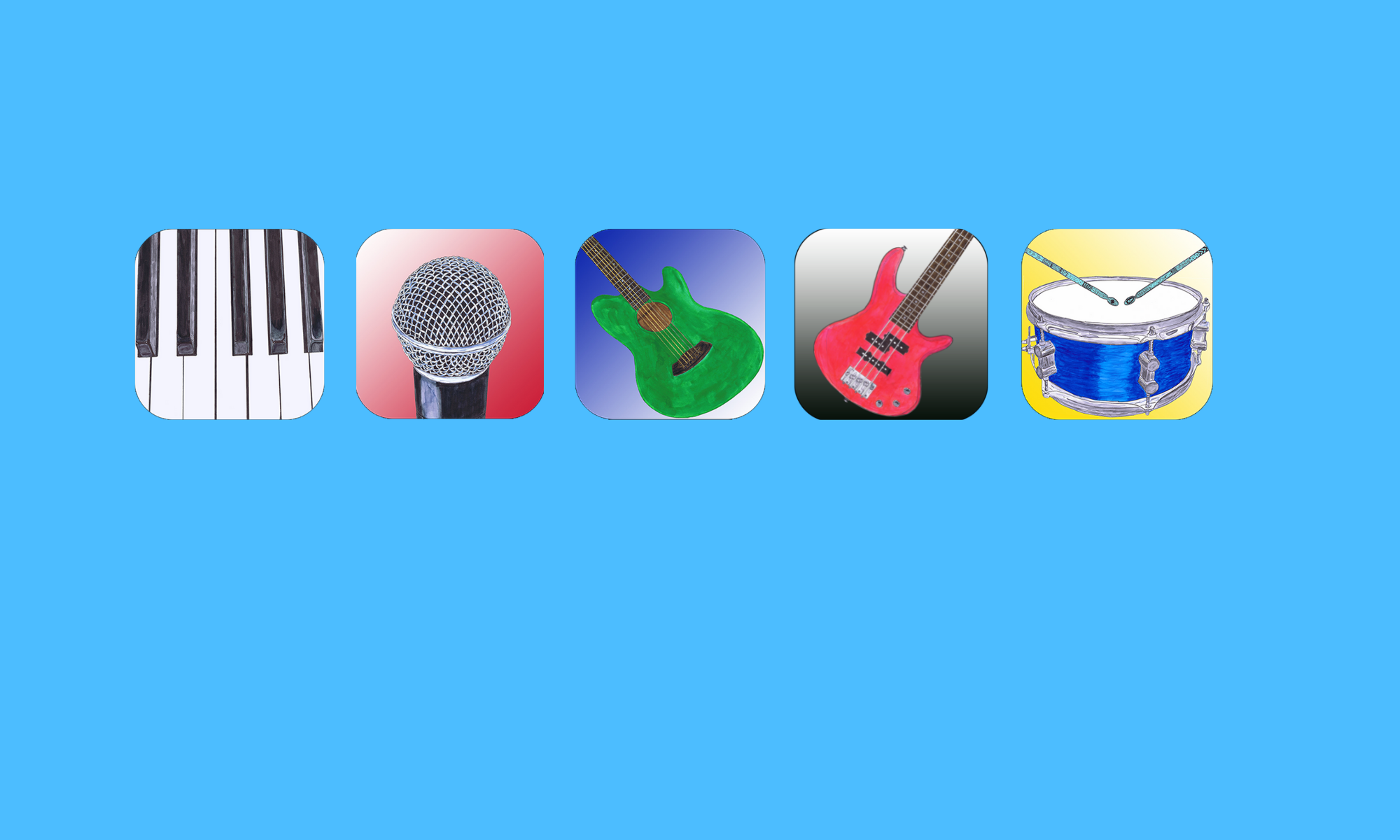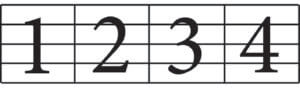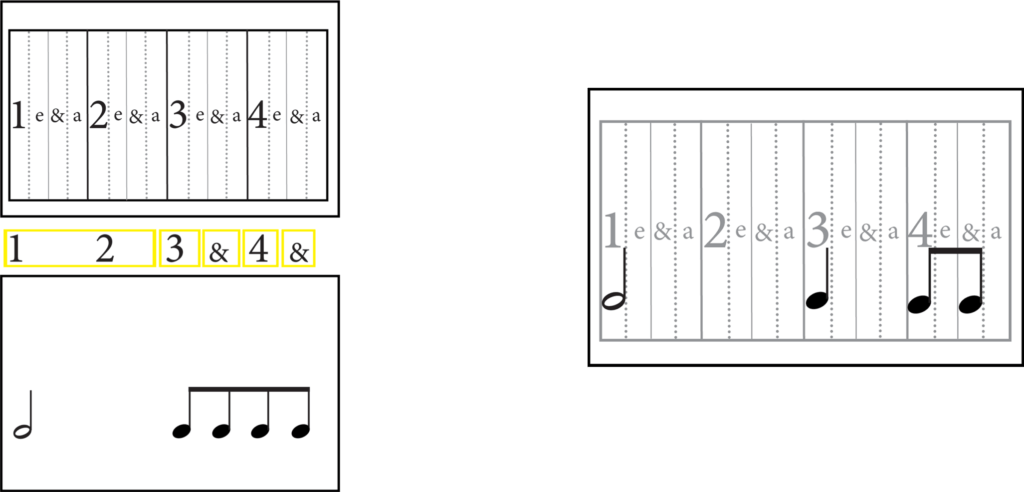This summer each two-week session will engage students in music and instrument activities on Piano, Guitar, Bass, Drums, and Voice. Students will also have a chance to express their passion for music through the songs they love, with the opportunity to nominate and vote for whatever music they would like to share in the final live performance for friends and family. Past songs have been from artists such as; Imagine Dragons, Coldplay, Taylor Swift, Vampire Weekend, Ellie Goulding & The Beatles. Students learn to perform, record and edit musical parts, incorporating keyboard, bass, drums and vocals. Mini-classes and Game Shows are used to teach students instruments, learn songs and build musical knowledge.
Free Time – Students rotate between group time and free time where they get stamps for the tasks they complete from their goal sheets. Each student is assigned tasks and parts tailored to their interest and level. designed so every level of student can participate and grow their skills. Tasks might include such things as practicing an instrumental/singing part or doing a note reading game at a ipad / keyboard station.
Mini Classes – Reading, Singing, Keyboard, Drums, Guitar & Bass are taught in short classes designed to be flexible and tailor to student’s individual level so that everyone learns something new. Students all grow or build reading and keyboard skills while getting to also explore other instruments.
Game Show – Students are divided into teams where they battle it out with game show buzzers to answer music notation questions and perform/count out rhythms and drum patterns for points. This is a really fun way to drill on information that they need to know to play and read music. It’s amazing to watch them get super excited competing while they’re actually learning!
Music Box – Students will each receive a custom music box movement that will allow them to compose their very own songs. From basic composition to punching the music strip, we teach Day Camp students the entire creation process for them to have a finished music box movement as a memento of the time we spent together. Learn more information on Park Slope Music Day Camp when you fill out the contact us form!
Live Music Performance – At the end of each session students will put on a live show for friends and family, showcasing what we were working on the past two weeks. Each young rock star will perform on an instrument with their band mates that really brings into sharp focus the entire point of music lessons in a way that is impossible to replicate any other way. While playing a live show, musicians truly understand why it is that we rehearse and play music in time. Year after year we’ve found that Music Day Camp energizes and motivates music students to go back to music lessons during the rest of the school year. Contact us today to enroll. Limited spots are still available.






